Have you ever wondered why curling up with a purring cat makes you feel so much better? The rhythmic vibrations of your feline companion might seem like a simple expression of contentment, yet emerging research reveals something far more extraordinary. Scientists have discovered that the gentle hum of a cat’s purr operates within specific frequency ranges that can actually promote healing in humans.
This isn’t just about emotional comfort. Studies show that the frequencies produced when cats purr align precisely with those used in medical vibration therapy. From reducing blood pressure to accelerating bone healing, the therapeutic effects of cat purring are capturing the attention of researchers worldwide. Let’s dive into the fascinating science behind this hidden connection between our feline friends and human wellness.
The Science Behind Purring Frequencies
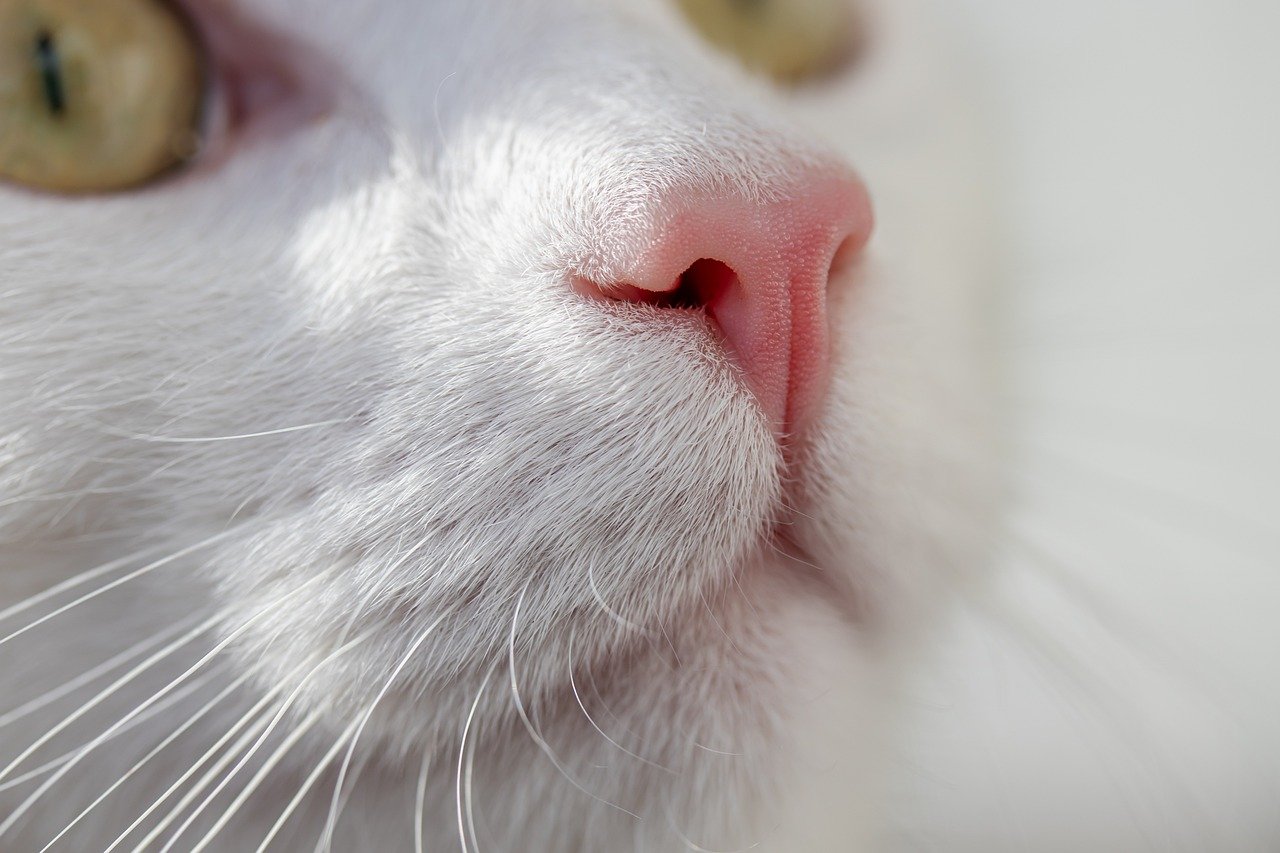
Every felid generates strong frequencies between 25 and 150 Hz when they purr. This frequency range isn’t random. Domestic cats, servals, ocelots, and pumas produce fundamental, dominant, or strong frequencies at exactly 25 Hz and 50 Hz, the two low frequencies that best promote bone growth/fracture healing.
What makes these frequencies so special? The frequency of the vibrations is typically between 25 and 150 Hertz, which is in the range of vibrations that can promote healing of bones and tissues. These aren’t coincidental numbers. Medical researchers have independently discovered that these exact frequency ranges have therapeutic effects on the human body.
The average domestic cat purrs at a frequency of 25 to 150 Hertz (Hz). When we consider that humans have a range of about 20 to 20,000 Hz, so most of us can hear the purr, it becomes clear why we find these sounds so soothing. We can also feel the vibrations. The cat’s purr is multi-frequency.
Bone Healing and Regeneration
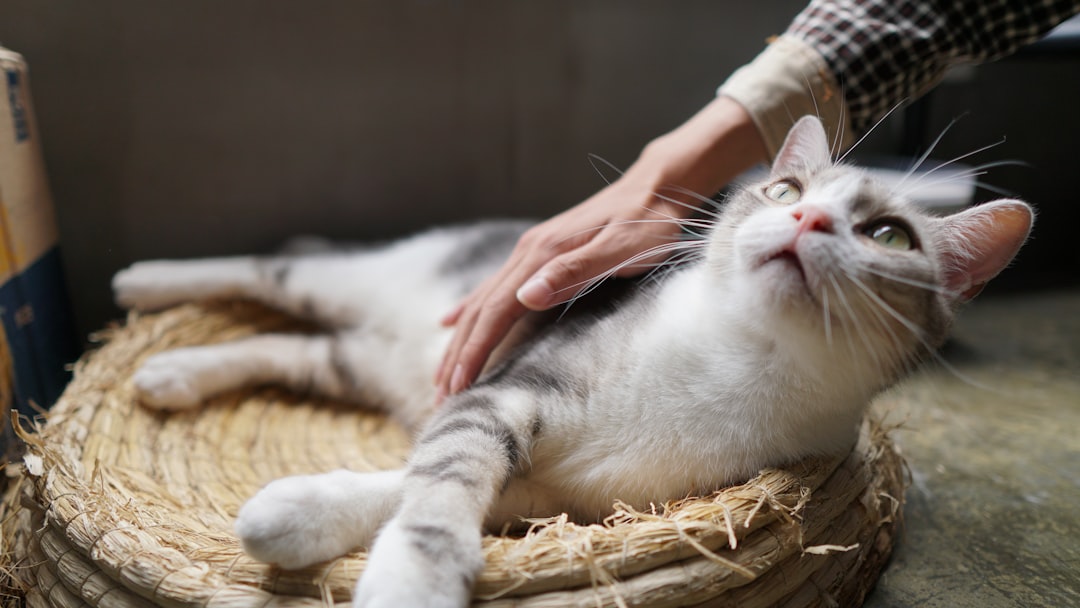
Perhaps the most remarkable finding involves bone healing. Dr. Clinton Rubin’s research has proved that bones can heal when exposed to sound frequencies between 20-50 Hz. A cat’s purr is exact 25 Hz and 50 Hz. This precision is astounding when you consider the evolutionary implications.
Low-frequency vibrations, most ideally at 50 Hz, promote the differentiation of BMSCs into osteoblasts, and in turn, promote efficient bone healing after injury. Various vibration regimes are reported; of those, the frequencies of 35 Hz and 50 Hz show better results than others in fracture healing studies.
More recent research has shown that frequencies between 20 and 50 Hz increase bone density. This means cats might literally be helping strengthen our bones through their purring. These same frequencies are therapeutic for bone growth and fracture healing, pain relief, swelling reduction, wound healing, muscle growth and repair, tendon repair, and mobility of joints.
Cardiovascular Benefits and Blood Pressure
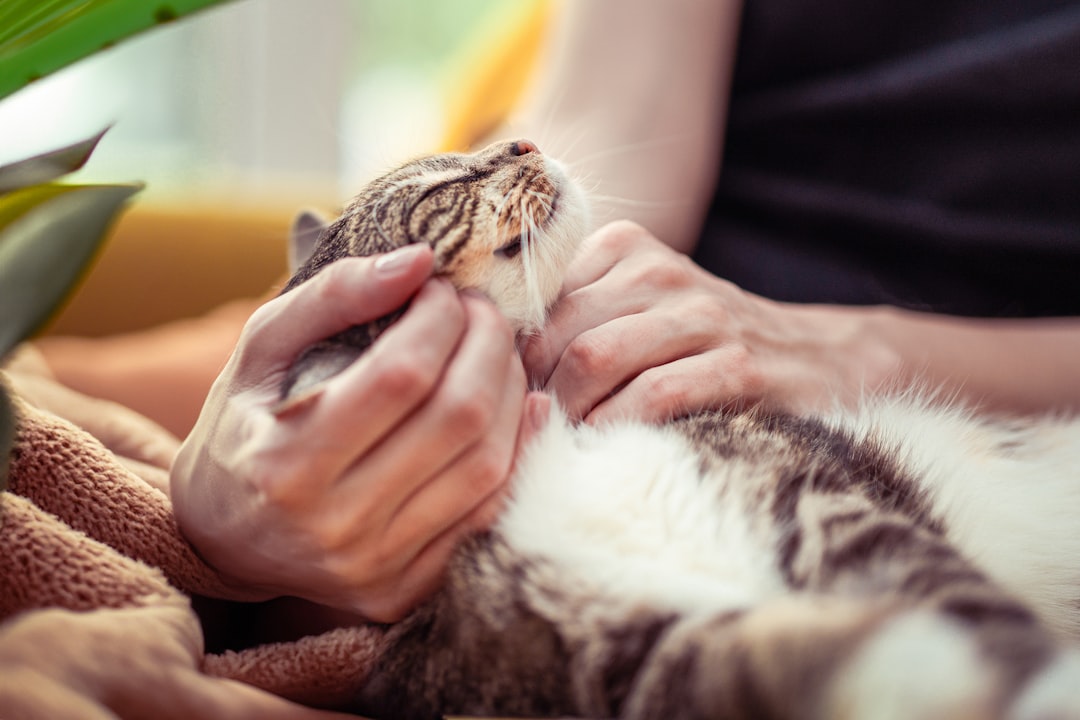
Many people who spend time with cats experience a decrease in heart rate and blood pressure, which reduces strain on the cardiovascular system and supports overall health. The connection between cat ownership and heart health is more than anecdotal evidence suggests.
A 2008 study at the University of Minnesota showed that cat owners had a reduced risk of stroke. While this might seem too good to be true, having a cat as a pet may help reduce the risk of cardiovascular diseases, according to some research.
The soothing effects of purring help reduce blood pressure, which can lower the risk of heart attacks and strokes. The calming presence of a cat, combined with the rhythmic vibrations of its purr, contributes to a healthier cardiovascular system. These benefits extend beyond simple relaxation into measurable physiological changes.
Stress Reduction and Anxiety Relief
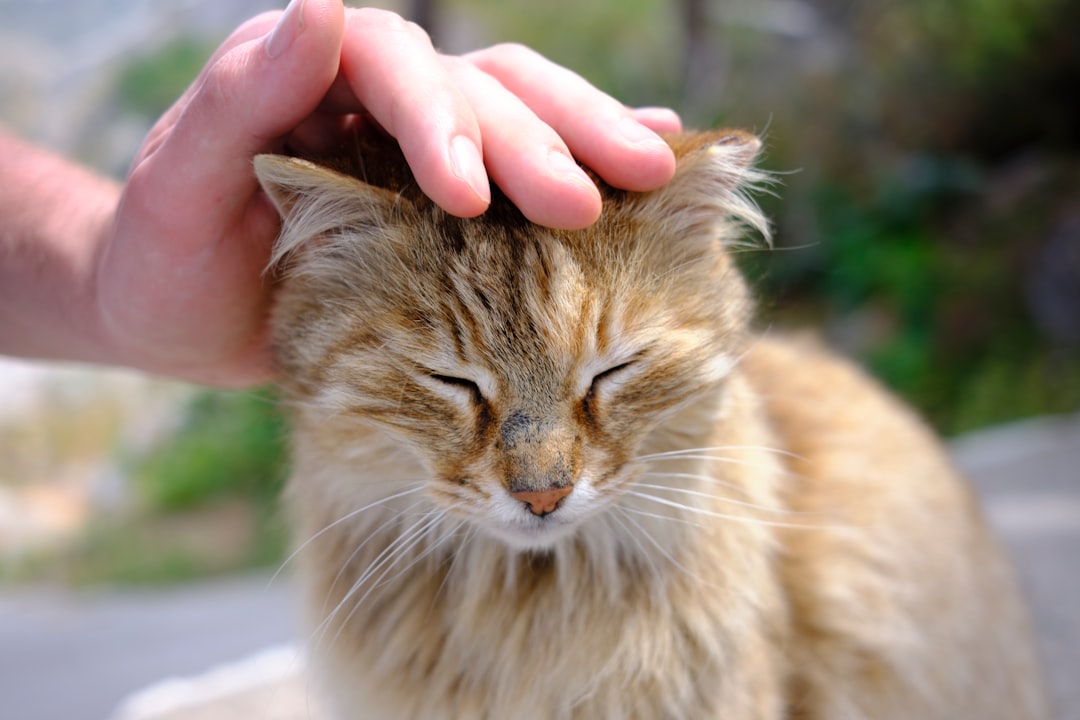
Petting a cat or listening to their purring triggers the release of oxytocin, a hormone that promotes happiness and reduces stress. This biochemical response creates a cascade of positive effects throughout the body.
One of the most immediate effects of cat purring on humans is its ability to reduce stress and anxiety. The soothing sound and vibration of a purr have been compared to the calming effects of meditation. The repetitive sound of a cat’s purring has a calming, meditative quality that can reduce anxiety and promote mindfulness.
The vibrations produced by the purring can stimulate the production of endorphins, which are natural painkillers and mood elevators. This natural pharmacy effect helps explain why many people instinctively seek out their cats during times of stress or illness.
Pain Management and Inflammation Control
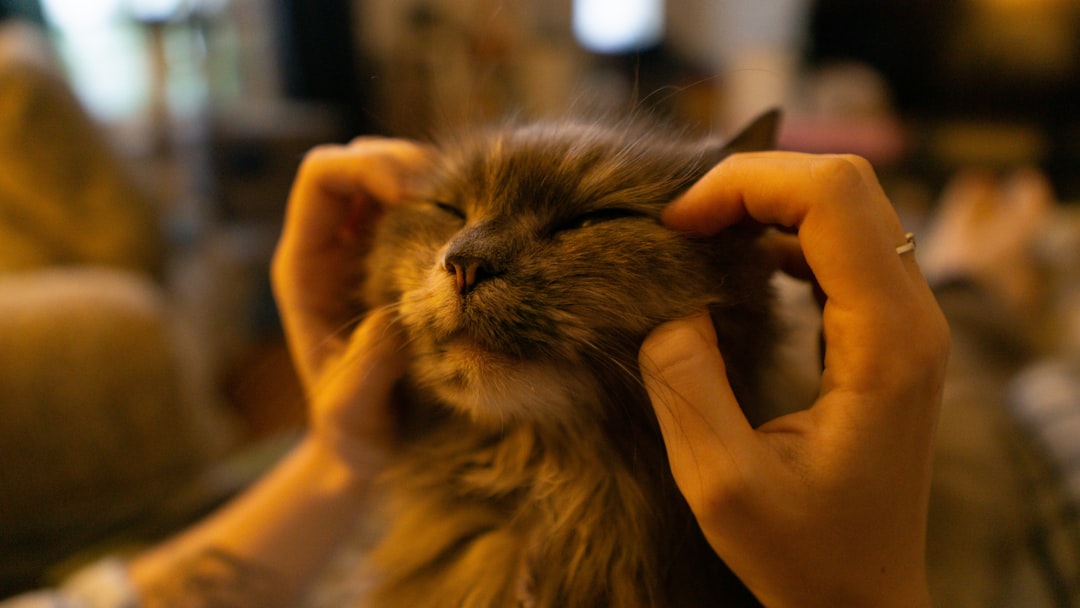
Four species have a strong harmonic exactly at, or within 2 Hz of 100 Hz, a frequency used therapeutically for pain, edema, wounds, and dyspnea. The therapeutic applications of these frequencies in medical settings validate what cat owners have long suspected about their pets’ healing abilities.
These vibrations can help reduce inflammation, improve circulation and stimulate the healing of damaged tissues. This calming effect lowers cortisol levels – the stress hormone associated with high blood pressure – and can help alleviate pain, easing chronic discomfort.
The vibrations produced by a cat’s purr have been shown to have pain-relieving effects. The frequency range of cats’ purrs is between 25 and 150 Hz, which is the same range that has been shown to have therapeutic effects on bone healing, pain relief, and wound healing. This overlap between natural cat behavior and medical intervention frequencies cannot be mere coincidence.
Muscle and Tissue Repair
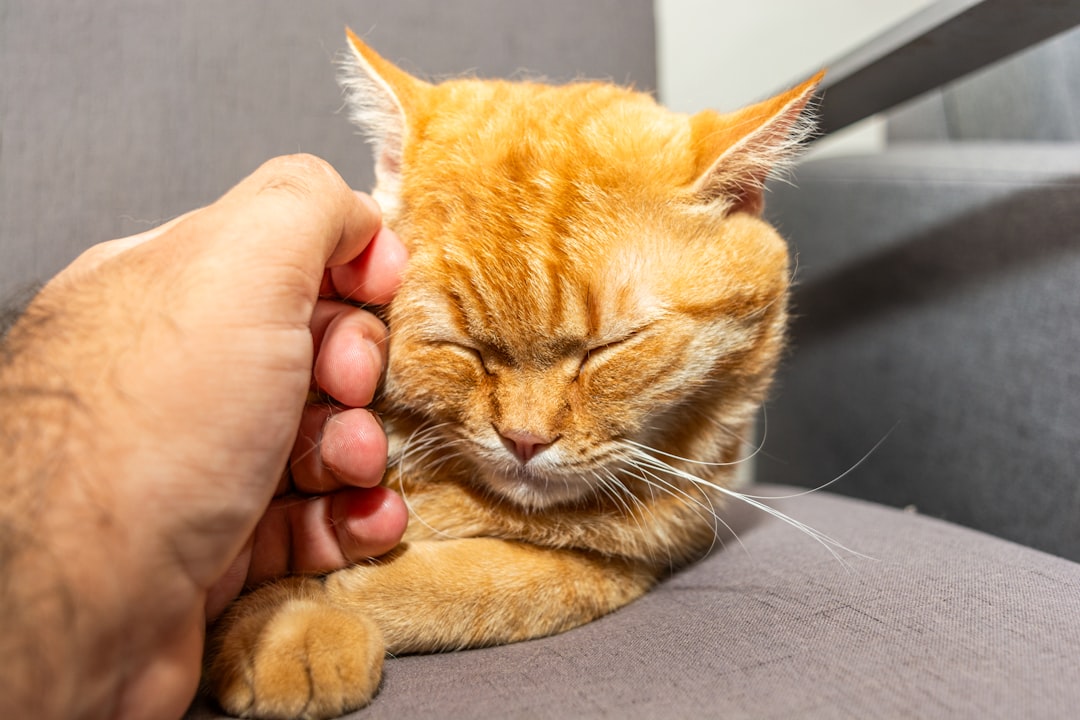
Being multi-frequency, the cat’s purr accelerates the healing of bones, reduces pain, and relaxes muscles. The comprehensive nature of purring’s effects makes it a natural therapy for multiple body systems simultaneously.
Imaging showed LIV caused a 4.9% increase in paraspinous muscle area in studies using similar frequencies to cat purring. The vibrational frequencies emitted during a cat’s purring have been associated with promoting bone healing, aiding in joint and tendon repair, and facilitating wound healing.
Vibration exercise also increases muscle strength and neuromuscular coordination, which in the case of patients with osteoporosis can reduce the risk of falls resulting in broken bones. The mechanical stimulation provided by purring frequencies helps maintain muscle tone and coordination through passive therapy.
Emotional and Mental Health Support
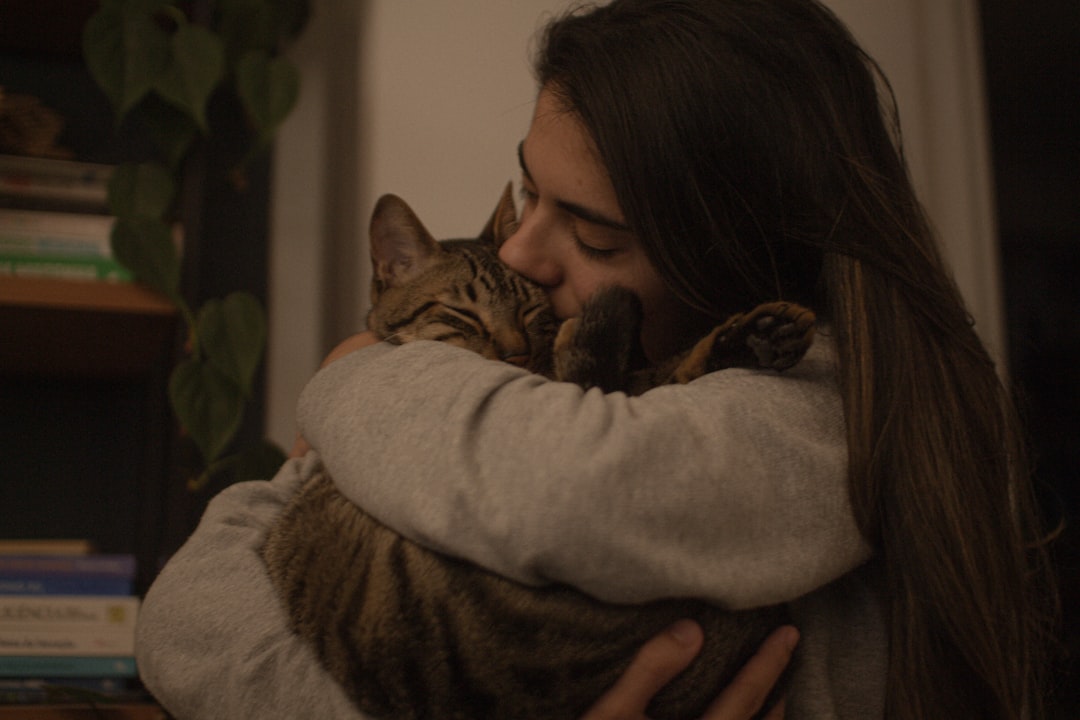
A purring cat provides companionship, which can help combat feelings of loneliness and depression. Studies have shown that petting a cat while listening to its purr can boost oxytocin levels, a hormone associated with trust and emotional bonding.
Emotional support animals, like cats, offer vital relief to those experiencing anxiety, depression or other mental health conditions. Their presence fosters trust, security and companionship, helping people cope with stress and emotional challenges. The bond with a cat provides a sense of comfort, making them valuable partners in managing mental health.
For individuals who live alone or struggle with mental health challenges, a cat’s presence can offer consistent comfort. The predictability of a cat’s purring response reinforces feelings of security and emotional connection, making daily life feel less overwhelming.
The Evolutionary Advantage
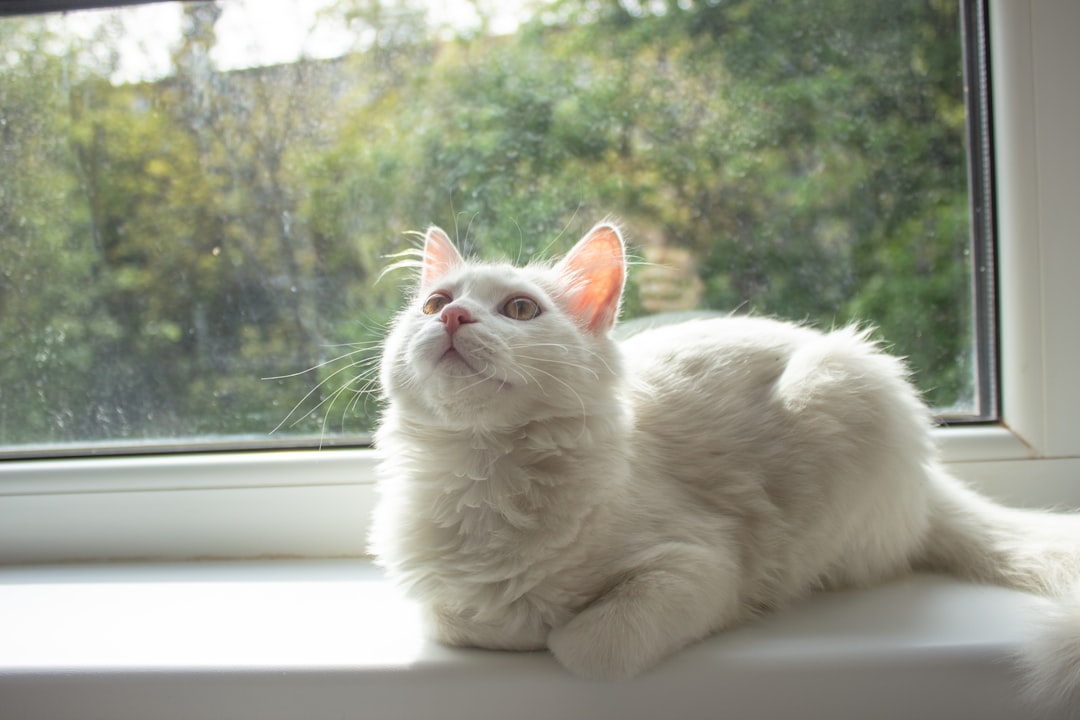
Since the purr is a product of evolution, and had not become superfluous, purring must be beneficial. Energy is expended during respiration. The cost of breathing is increased by adding a purr so possible benefits must outweigh additional costs. Perhaps the purr carries a positive health benefit.
An internal healing mechanism would be advantageous, increasing recovery time and keeping muscles and bone strong when sedentary. This evolutionary perspective suggests that purring developed as a survival mechanism, helping cats maintain physical health during periods of rest and recovery.
The ability to purr might well explain the age-old legend that our furry friends have nine lives. While obviously metaphorical, this folk wisdom may reflect observed benefits of cats’ remarkable healing abilities facilitated by their purring mechanism.
Modern Medical Applications
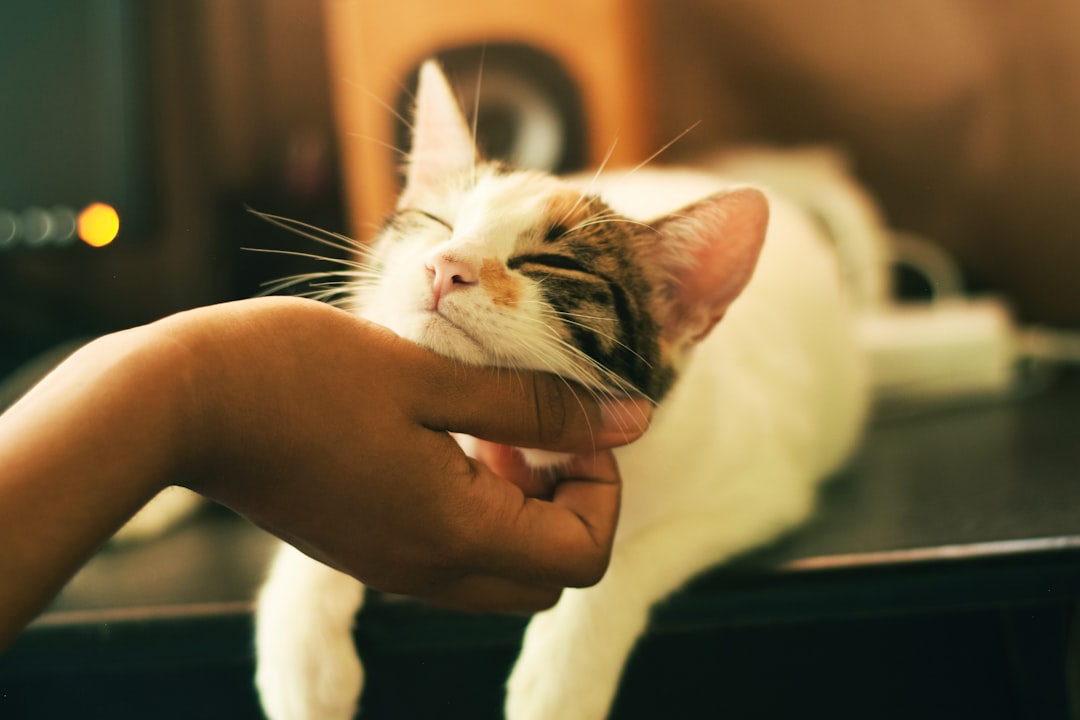
Recent studies have shown that technology mimicking a cat’s purr can induce a significant increase in parasympathetic activity, effectively reducing stress and anxiety levels. This promising outcome suggests that technology can replicate the calming effects of a cat’s purr, making it accessible to those who may not have direct access to a feline companion.
Low-frequency vibration to stimulate bone formation has several advantages, including being non-invasive and easy to operate. Therefore, it could potentially be a great benefit to bone fracture healing, bone nonunion, osteoporosis, and prevention of age-related bone loss.
Growing clinical evidence supports the use of these low frequencies in animals and humans for specific conditions such as bone healing, osteoarthritis, inflammation, wound healing and post-operative pain. Medical researchers are now developing devices that harness these same healing frequencies for therapeutic applications.
The remarkable connection opens new frontiers in understanding natural therapy mechanisms. Cats contribute to our own health and well-being far more than we ever imagined. From strengthening bones to reducing cardiovascular risks, our feline companions offer us a natural healing system that operates at precisely the right frequencies to promote wellness.
This research transforms our understanding of the human-animal bond from an emotional connection to a measurably beneficial health partnership. Next time your cat settles in for a purring session on your lap, remember that you’re not just receiving companionship – you’re experiencing a natural form of vibration therapy that has been perfected over millions of years of evolution. What do you think about this incredible hidden healing power that cats have been sharing with us all along?





